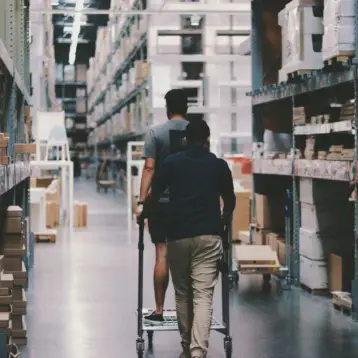
All children learn differently. With the help of modern technology, it’s easier than ever for teachers to meet individual needs. Today’s digital natives need engaging classes rather than talk and chalk and the possibilities for creative classrooms are almost endless. Many educators already use social media to communicate directly with their students and their parents. Some also use online forums for class discussions but there’s lots more that can be done.
Audio and video recordings
Podcasts or even videos can be incorporated into lesson plans in various ways. According to the Transforming Education Through Technology Journal, podcasts can be used to deliver lessons, create student-led content and provide additional material for students to study in their own time. The latter may be especially helpful for both students who take a little longer to grasp concepts and those who are gifted and need an additional challenge. Recordings can also help students develop their listening, speaking and writing skills.
Google Maps and Google Earth
Teachers may not always have the time and resources to execute field trips. Or maybe they want to give students a little preparation before heading out of the classroom. Google Maps and Google Earth can help them to explore nearby neighborhoods and countries they may not have heard of before. This provides opportunities for learning about history, geography and culture, among other subjects.
Classroom management
The implementation of comprehensive classroom management software can also make a major difference in learning institutions. For example, Otus allows for the creation of student groups, the share of online resources and playlist-style lessons. Teachers can also text students and their parents, track behavior and more.
Peer-to-peer learning
Students who are excited about technology will be learning without even knowing that’s what they’re doing. Encourage them to share their favorite technological tools with their peers and help them to develop creative solutions to problems together.
Future even brighter
Purdue University says the future of technology in education may become even more exciting given ongoing developments. The university predicts that biometrics will be used to recognize the physical and emotional traits of students and allow teachers to match course material with their needs.
Purdue also expects that augmented reality glasses could open up new possibilities for real-world learning experiences. “For example, a student wearing AR Glasses could potentially sit at his desk and have a conversation with Thomas Edison about invention. It was Edison, after all, who said that “Books will soon be obsolete in schools. Scholars will soon be instructed through the eye,” officials there say.
Multi-touch desks or workstations could also be on the horizon. Students would be able to collaborate with those next to them and those in other countries in creating and consuming content.
The possibilities are endless when you consider all the ways technology can be deployed in the classroom. From social media and podcasts to completely customized classroom management suites, every teacher and student stands to benefit. With technology constantly being improved and its capabilities expanded, there can be no doubt that the future of students and learning will be an exciting one.










